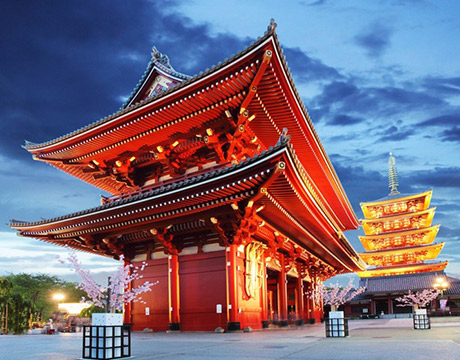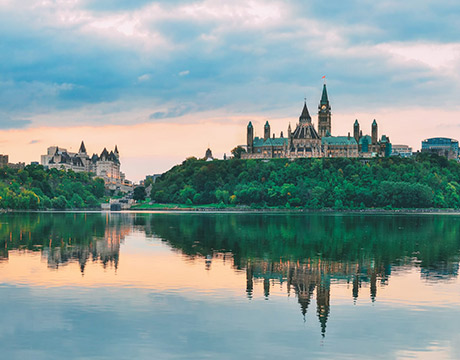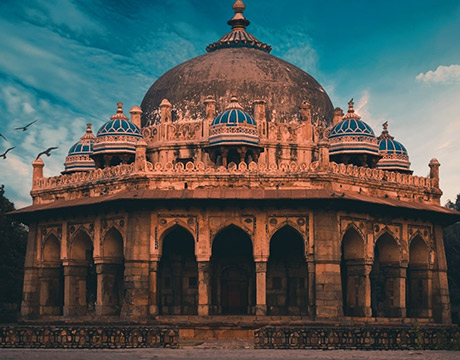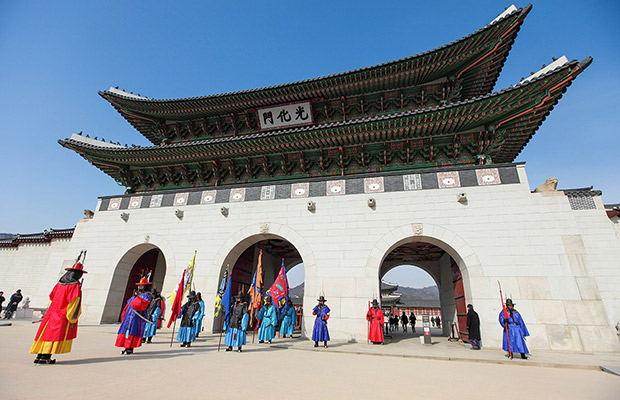Gyeongbokgung Palace
Gyeongbokgung Palace
South Korea
Seoul
Seoul Travel Guide
Book Tour & Activities
Your tour in Seoul.
Book your stay
Your hotel in Seoul.
Overview
Gyeongbokgung Palace, located north of Gwanghwamun Square, is one of the most iconic sights in all of Korea thanks to its long and storied history. Construction on Gyeongbokgung Palace was completed in 1395 at the beginning of the Joseon Dynasty during the reign of King Taejo. Gyeongbokgung, which means “palace greatly blessed by Heaven,” was built in the heart of Seoul surrounded by Mount Bugaksan and Mount Namsan.
Gyeongbokgung Palace (Korean: 경복궁; Hanja: 景福宮), also known as Gyeongbokgung Palace or Gyeongbok Palace, was the main royal palace of the Joseon dynasty. Built in 1395, it is located in northern Seoul, South Korea. The largest of the Five Grand Palaces built by the Joseon dynasty, Gyeongbokgung served as the home of Kings of the Joseon dynasty, the Kings' households, as well as the government of Joseon.
Gyeongbokgung continued to serve as the main palace of the Joseon dynasty until the premises were destroyed by fire during the Imjin War (1592–1598) and abandoned for two centuries. However, in the 19th century, all of the palace's 7,700 rooms were later restored under the leadership of Prince Regent Heungseon during the reign of King Gojong. Some 500 buildings were restored on a site of over 40 hectares.[1][2] The architectural principles of ancient Korea were incorporated into the tradition and appearance of the Joseon royal court.
In the early 20th century, much of the palace was systematically destroyed by Imperial Japan. Since then, the walled palace complex is gradually being restored to its original form. Today, the palace is arguably regarded as being the most beautiful and grandest of all five palaces. It also houses the National Palace Museum of Korea and the National Folk Museum within the premises of the complex.
Know Before You Go
Free guided tours in English are available at 11:00, 13:00, and 15:30.
Changing of the Guard ceremony takes place at the top of every hour from 11:00 to 15:00.
This palace is included with the Integrated Ticket of Palaces.
Closed on Tuesdays.
In 1394, during the early days of the Joseon Dynasty, the capital of Korea was moved from Kaesong, in modern day North Korea, to Seoul, known then as Hanyang. When the capital was moved, a new palace was required and built.
When construction was completed, Gyeongbokgung Palace became the heart of the capital of Korea along with the head of state of the Joseon Dynasty.
Expanded over time, Gyeongbokgung was the center of power during the Joseon Dynasty until the Japanese invasion of 1592-1598. During this time, the palace was destroyed by fire and left in ashes. One fire was started by slaves trying to destroy legal status records.
It was decided that Changdeokgung Palace would be rebuilt and serve as the new main royal residence.
The ruins of Gyeongbokgung were abandoned for the next 270 years
1868, Gyeongbokgung was rebuilt and restored as an icon of Korea with help from Heungseon Daewongun, also known as Prince Regent. The royal residence was built differently as is it stood 270 years earlier. Gyeongbokgung Palace architecture skillfully combined ancient Chinese architecture principles with Joseon Dynasty tradition. Over 330 buildings were constructed in the area.
The new construction was the size of a small city taking up about 410,000 square meters (4,414,000 square feet). The palace at the time was a self functioning unit comparable to China’s Forbidden City.
During the Japanese occupation, Gyeongbokgung Palace was was mostly dismantled and destroyed, including Gwanghwamun Gate and nearly all other buildings that were rebuilt in 1867. All but ten buildings were demolished.
Gyeongbokgung Palace, Seoul
- Address: 161 Sajik-ro, Sejongno, Jongno-gu, Seoul, South Korea
- Opened: 1395
- Architectural style: Korean
- Phone: +82 2-3700-3900
- Function: Palace
Video Travel Inspiration
See Gyeongbokgung Palace on Map
Most Popular Cities

Siem Reap
Cambodia
Ho Chi Minh City
Vietnam
Beijing
China
Paris
France
London
United Kingdom
New York
USA
Tokyo
Japan
Bangkok
Thailand
Seoul
South Korea
Vientiane
Laos
Yangon
Myanmar
Washington DC
USA
Los Angeles
USA
Ottawa
Canada
New Delhi
India
Singapore
Singapore
Kuala Lumpur
Malaysia
 English
English French
French Khmer
Khmer Thai
Thai Vietnamese
Vietnamese Chinese
Chinese Korean
Korean German
German Japanese
Japanese Italian
Italian Russian
Russian Spanish
Spanish Dutch
Dutch Indonesian
Indonesian Malay
Malay









